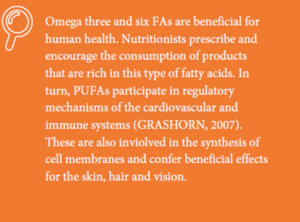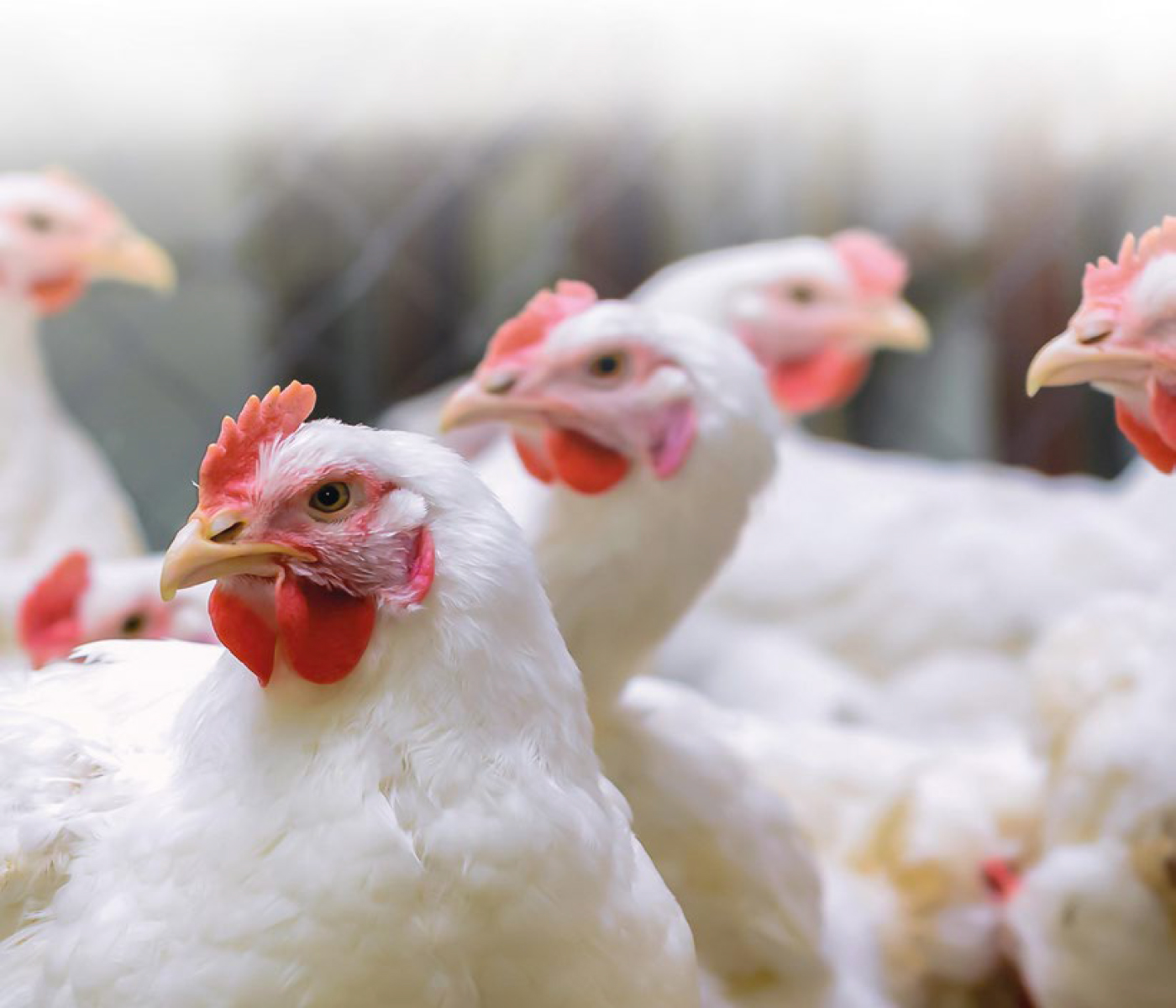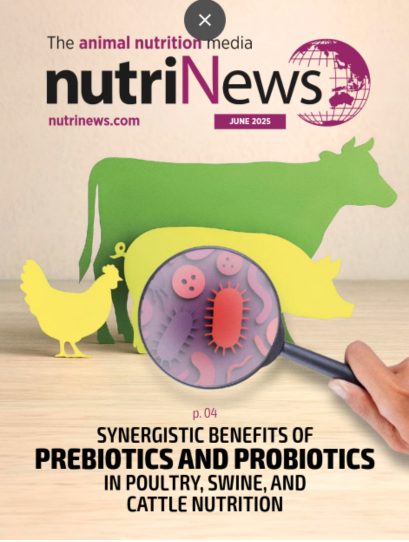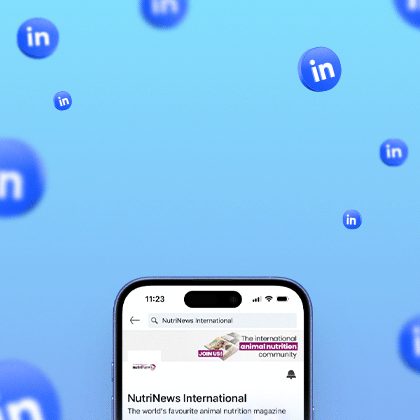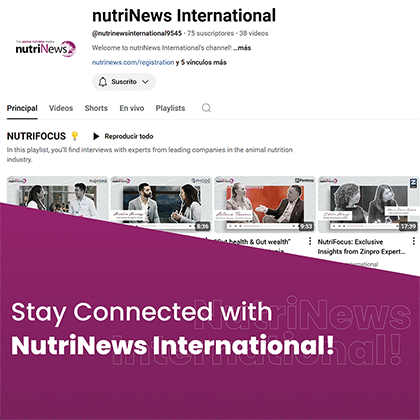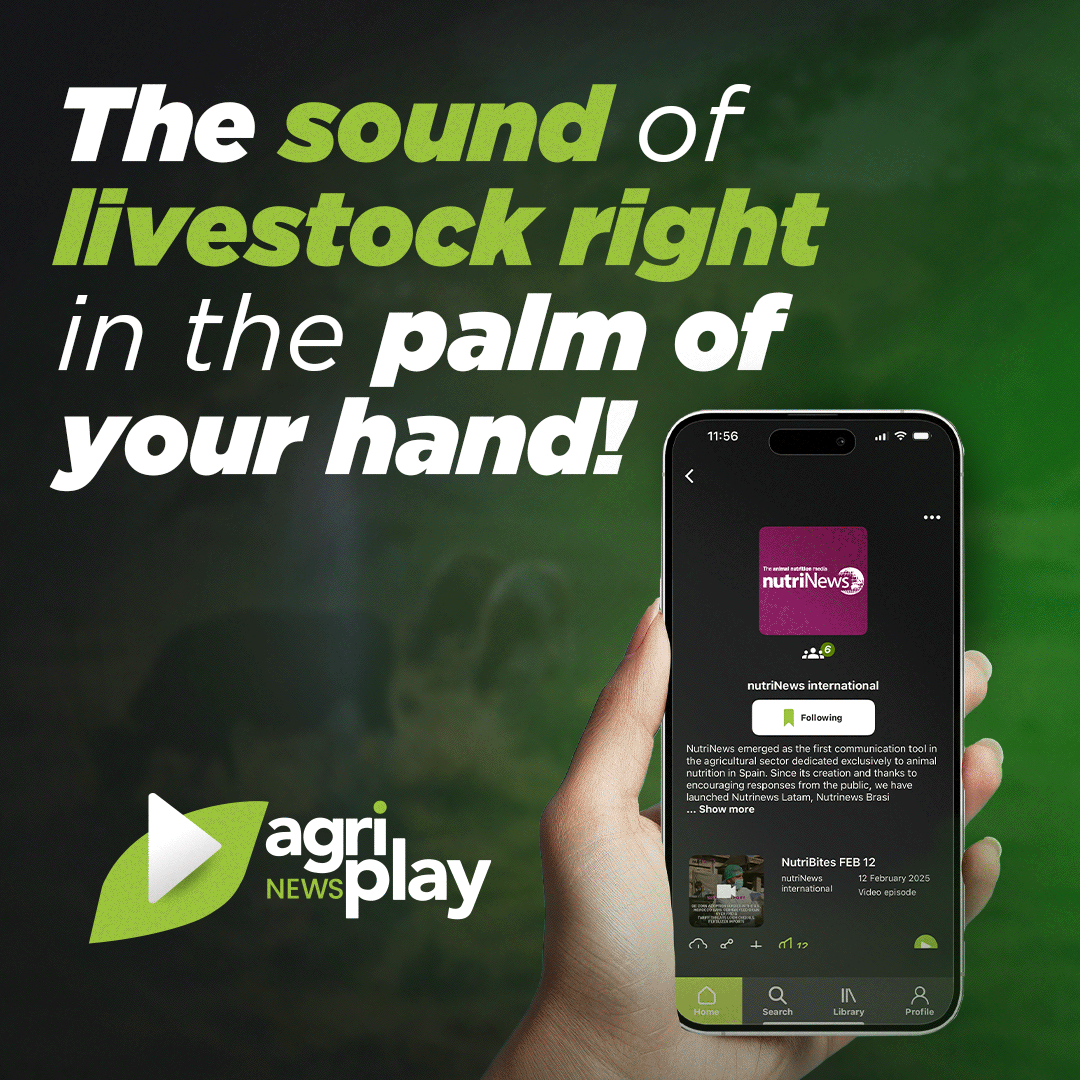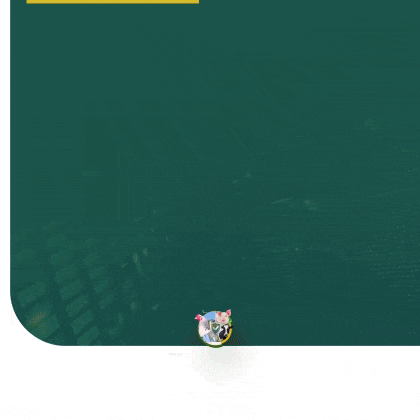Feed additives and their relationship with fatty acid profiles in poultry.
Broiler production overview
The use of antibiotics as growth promoters in animal production has been the subject of numerous discussions for the past decade or more. On account of rising antimicrobial resistance, which is a major public health problem at a global scale. Under such a scenario the use of natural feed additives as antioxidants in poultry, represents a good alternative for the improvement of fatty acid profiles in chickens.
The European Union banned the use of antimicrobial growth promoters in 2006. Following this trend, Brazilian authorities established a partial ban on some of these drugs in 2018 and 2020.
![]() Even under the context of AGP use during the ’70s, researchers already claimed that chicken meat was more prone to lipid oxidation compared to other meats (Gene and Pearson, 1979), affecting its nutritional and sensory qualities.
Even under the context of AGP use during the ’70s, researchers already claimed that chicken meat was more prone to lipid oxidation compared to other meats (Gene and Pearson, 1979), affecting its nutritional and sensory qualities.
Seeking to mitigate the effects of this oxidation process, the animal feed industry has added synthetic antioxidants in rations, aiming to achieve nutraceutical effects and prolong the shelf life of meat products(Castañeda et al., 2005).
| There are reports of carcinogenic effects associated with the use of synthetic antioxidants in humans. That is why since the 90s research has been carried out to evaluate natural antioxidants and their potential for replacing synthetic ones(Chen et al., 1992). |
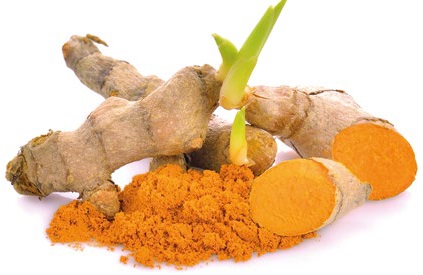
Relationship between feed additives and poultry meat
Natural antioxidants are generally regarded as safe, thus being an alternative to synthetic antioxidants (Hang et al. , 2018).
Daneshyar et al. (2011) verified a lower amount of saturated fatty acids (SFA)when supplying turmeric in broiler diets. This lower concentrations were mainly seen for palmitic acid and C18:1 n-7 (monounsaturated fatty acids – MUFAs) in the flesh of the thighs. This can be explained by a reduction in de novo synthesis of fatty acids within the liver.
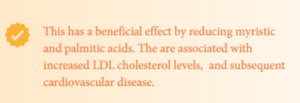
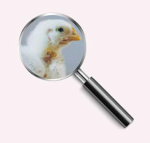
When adding curcumin to the diet of broilers, Hang et al. ( 2018) observed higher ratios of linoleic acid (C18:2n-6) and omega-six total polyunsaturated fatty acids (PUFAs). This resulted in an accumulation of linoleic acid in breast meat. In addition, they observed no changes in omega-3 fatty acids such as eicosapentaenoic acid (EPA) and docosahexaenoic acid (DHA), during three months of storage, which is beneficial, and evidences a protective effect of curcumin on these fatty acids.
Hashemipour et al. (2013) included thymol and carvacrol in the diet of chickens, obtaining a lower amount of SFA, Meanwhile they observed an increase of omega-6 polyunsaturated fatty acids in the thigh.
Ciftci et al. (2010) found that cinnamon oil can increase the proportion of PUFA and decrease the SFA content of meat, due to the hypolipidemic properties of cinnamon oil in diets. The addition of glycerol monolaurate (GML) to the diet of chickens decreased the water-holding capacity of meat (Fortuoso et al. , 2019), while chickens presented a lower lipid content in their meat(Valentini et al., 2019).
![]() This study also demonstrated that the inclusion of 200 and 300 mg/kg of FFM in the diet can reduce the total number of saturated fatty acids while increasing the number of polyunsaturated fatty acids (Valentini et al. , 2019). Which is a desirable effect and property for meat consumers.
This study also demonstrated that the inclusion of 200 and 300 mg/kg of FFM in the diet can reduce the total number of saturated fatty acids while increasing the number of polyunsaturated fatty acids (Valentini et al. , 2019). Which is a desirable effect and property for meat consumers.
Consumption of phytogenics containing:
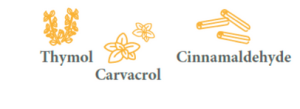
In regards to the poultry production cycle, it reduced saturated fatty acids (SFA) percentages in breast meat (P = 0.001; Figure 1). On the other hand, the percentage of total polyunsaturated fatty acids increased (P=0.001; Galli et al., 2020b).
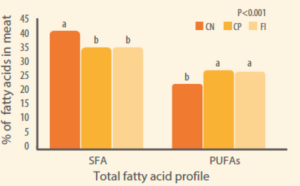
Figure 1. Profile of saturated fatty acids (SFA) and polyunsaturated fatty acids (PUFA) in the meat of broilers supplemented with basal ration (CN), antibiotic and coccidiostatic (CP) and phytogenic based on thymol, cinnamaldehyde and carvacrol (FIT). Equal letters do not differ from each other by Tukey’s test (P>0.05).
The addition of 100 mg/kg of curcumin to the diet of broilers decreased SFA (P=0.05). It also increased PUFAs (P=0.02) compared to the group supplied with growth promoters (Galli et al., 2020a; Figure 2).
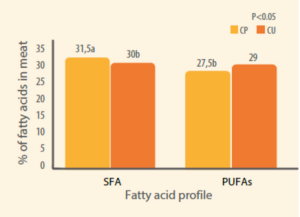
Figure 2. Profile of saturated fatty acids (SFA) and polyunsaturated fatty acids (PUFA) in meat from broilers supplemented with antibiotics and coccidiostat (CP) and curcumin (CU). Equal letters do not differ from each other by Tukey’s test (P>0.05).
In addition, it decreased levels of thiobarbituric acid reactive substances (TBARS) and reactive oxygen species (ROS). It also increased the antioxidant enzyme superoxide dismutase (SOD) in breast meat (GALLI et al., 2020a; Figure 3).
![]()
This shows that the addition of curcumin protected fatty acids from lipid peroxidation.
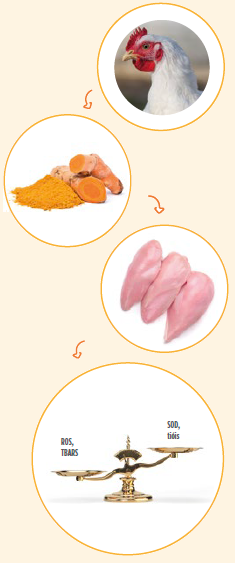
Figure 3. The addition of curcumin reduced lipid peroxidation of meat and damage caused by reactive oxygen species in muscle tissue. This increased the shelf life and quality of the final product.
Therefore, products identified as:
![]() Phytogenics
Phytogenics
![]() Herbal extracts
Herbal extracts
![]() Fatty acids
Fatty acids
![]() and other feed additives have the capacity to alter the fatty acid profile of meat. Nonetheless, the mechanism involved in such action still needs to be elucidated
and other feed additives have the capacity to alter the fatty acid profile of meat. Nonetheless, the mechanism involved in such action still needs to be elucidated
However, it is believed that the lower percentage of SFA in meat may be due to a reduction in de novo fatty acid synthesis in the liver, and/or an increase in lipogenic enzyme Δ 9-desasaturase (stearoyl-CoA desaturase)activity. This enzyme is known for modulating fatty acid biosynthesis, as it converts saturated fatty acids into monounsaturated fatty acids(Poureslami et al., 2010).
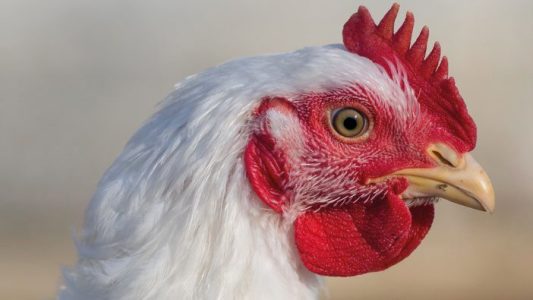
![]()
As previously mentioned, this fact is beneficial, considering that SFAs are responsible for increasing serum LDL cholesterol levels. These transport cholesterol from the liver to the veins where it accumulates and causes cardiovascular diseases.
![]()
Food additives increase the percentage of total polyunsaturated fatty acids (PUFAs) in meat. The most likely explanation for this, has to do with an increased synthesis of desaturase enzymes A5, A6, (Mendoza et al., 2019) and A9 (Kumar et al., 2020) as well as elongases.
